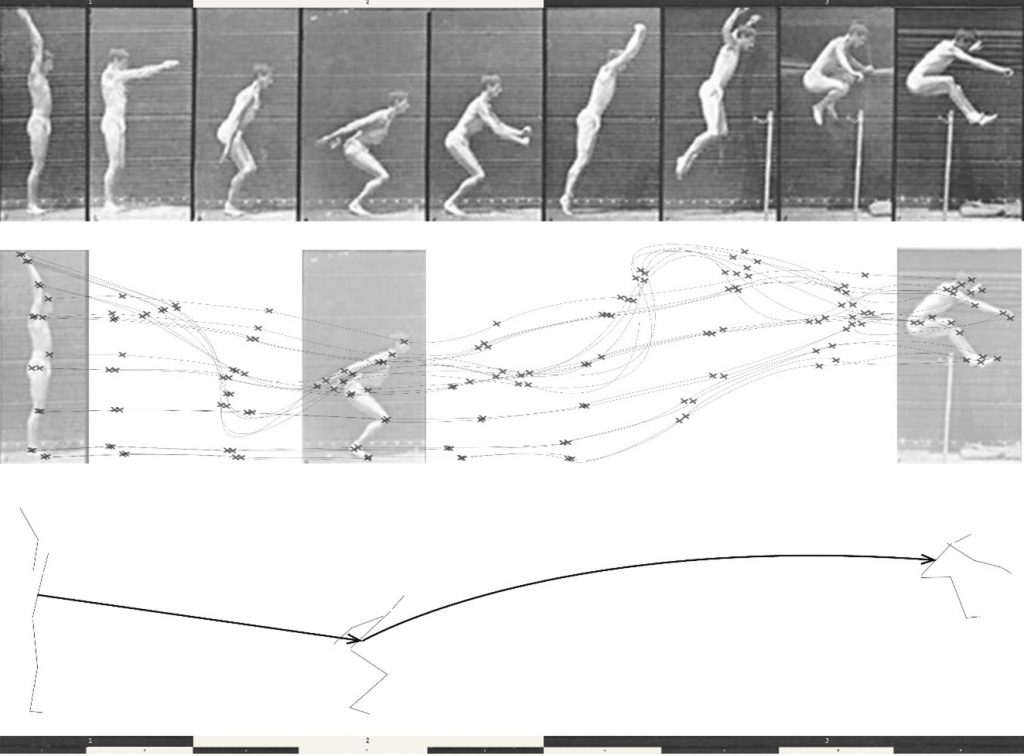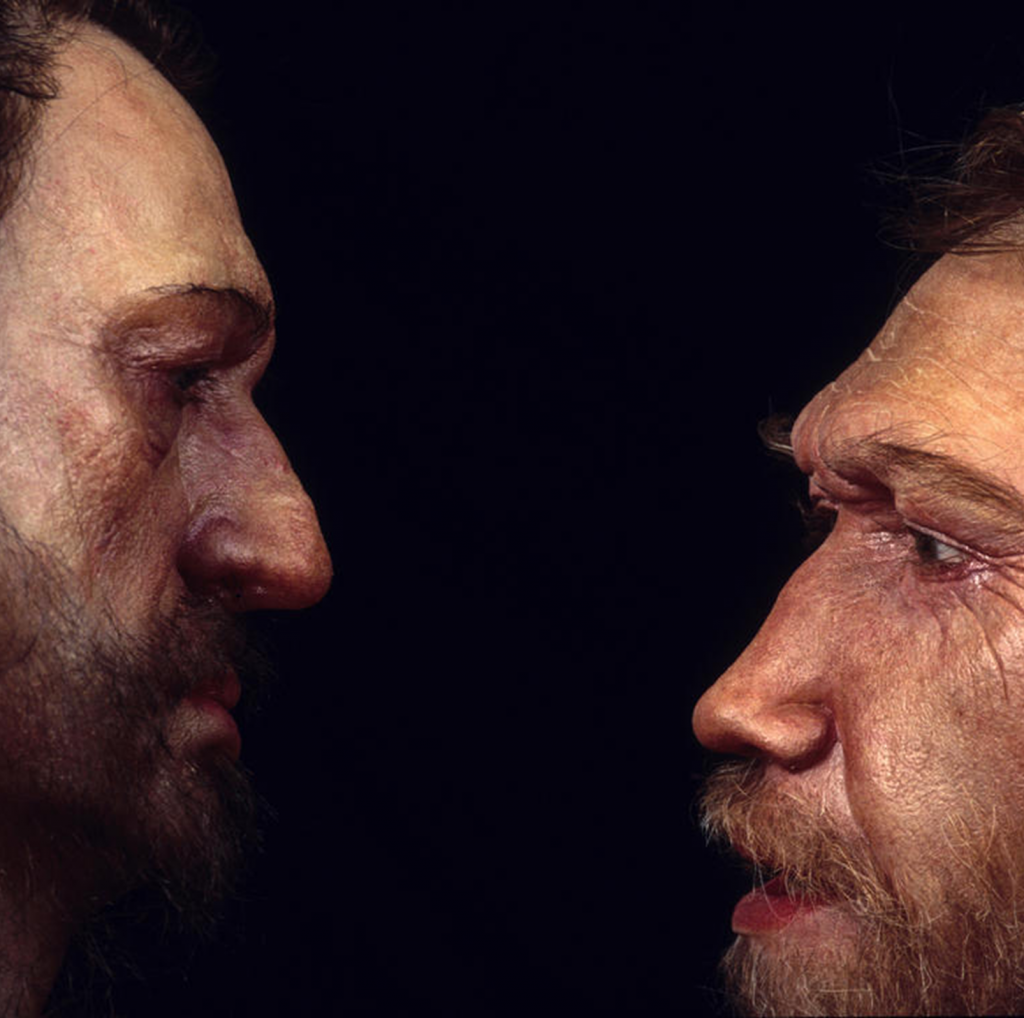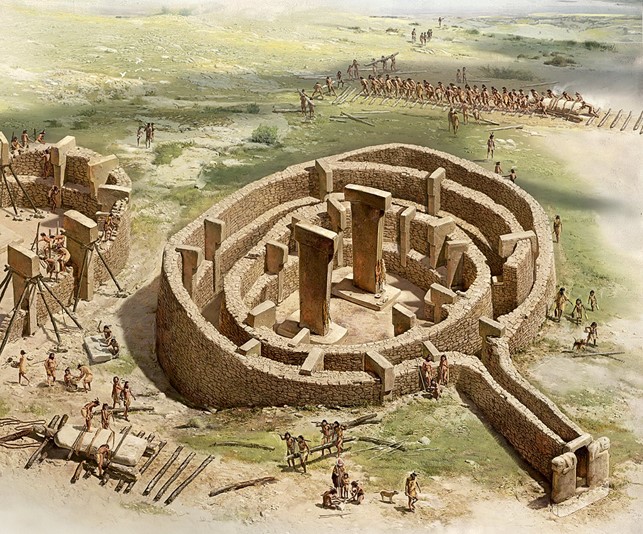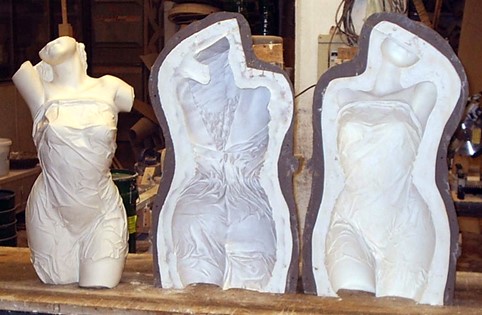There is an inseparable link between mind, body and environment that reveals how much desire has its roots in much deeper dynamics than purely bodily ones. It is on this report that on September 15th, at the invitation of physicist and journalist Silvia Camiscasca, architect Davide Ruzzon held a Lectio Magistralis entitled The city of desire.

Desire, despite being strictly involved in it, is not addressed only to the body but goes beyond the frontiers of Eros to lead us into a condition of search for completion. It is the lack of something that belongs to us but that we do not possess and that it is possible to recover only through our actions.
The actions we carry out are the way through which we try to bring together the two parts that have been divided since birth, so we feel the need to rebuild the relationships between Poros and Penia, father and mother of Eros, lack and expedient through which this lack can be overcome.
Davide Ruzzon

As already hypothesized by the American philosopher and psychologist John Dewey, in fact, we have an experience when the experienced materials run their course to completion. This experience is the correct way to interpret all the activities we carry out and cannot be separated from waiting for it to be completed.
When we talk about actions such as learning, working or healing we often rely on wrong definitions that reduce their potential: learning is not a simple accumulation of notions and information but a learning to learn, keeping the metamorphosis of life open; just as working assimilated to mere gain does not return that transformation of objects, material or immaterial, that derives from it; and healing is not a mechanical arrangement of the components of the body but taking care of the entire body-mental system.
The essence of desires is not just a concept, but a bodily sensation. Creating is activation, growing is lightness, rebirth is amazement. Experiences are expressed by feelings of the body.

Desires arise from the body even before consciousness emerges to recognize them and the motor kinematics to which they are strongly anchored testify how much the mind was conceived starting from the movement of the body in space and from the continuous interaction with others. Indeed, it is possible to speak of conscience only if it is inserted into a social dimension. Man began to recognize his own sensations through the facial and bodily expressions of those with whom bodily-spatial interaction is shared.
Seeing in others and feeling within themselves the emotions arising from this interaction, our ancestors first detected these sensations in the body and then revealed to the mind in a process that is gradually more and more univocal and interdependent.

The space is configured as a generator and memory of our desires and the architecture that arises as a its petrifaction. Space becomes a sort of extended memory of the body and of our sensations, so it is impossible to separate the forms it assumes from the sensations: they absorb our sensations, they become the extended memory of our own emotions.
It is in that phase that Merlin Donald defines as the mythical phase of the development of the mind that
man builds and develops rituals within the mind, as a hunter, gatherer and nomad who moves continuously, and develops great imaginative skills by building a system of virtual systems of social relationship and relationship with nature.

In the first sacred settlement of which there is archaeological evidence, built in southern Turkey about 11 thousand years before Christ, the circular spaces erected represent a first form of externalization of our memory and the memory of our rituals in space. A necessity that has marked what is defined as the Neolithic revolution and which testifies to the need to stabilize desire and emotions through stable and lasting elements that strengthen the social bonds, understanding and cohesion of a community. The development of architecture, understood as the solidification of the emotional dimensions of a group, is therefore part of a wider social dimension.
A social dance that is determined by the body in its action in space, and in its inseparable link with it.

Bringing the affective and emotional dimension back into the architectural field and understanding its importance, would allow us to recognize how much mental fatigue, stress, malaise, aggression, violence, alcohol and drug abuse and even damage to the brain (especially the hippocampus), are largely due to a bad configuration of space and to the lack of encounter between implicit projections and real forms.
As nature absorbed our sensations, the same ones that allowed the Erectus to recognize desires, today we must absorb the rules of nature in the city. City full of life, not elevated in height, designed on people’s senses, rich in different atmospheres, spaces capable of responding to emotional projections and human desires, which evoke them secretly, in a whisper. Drawing that preserves the primitive geometries of moving bodies.


